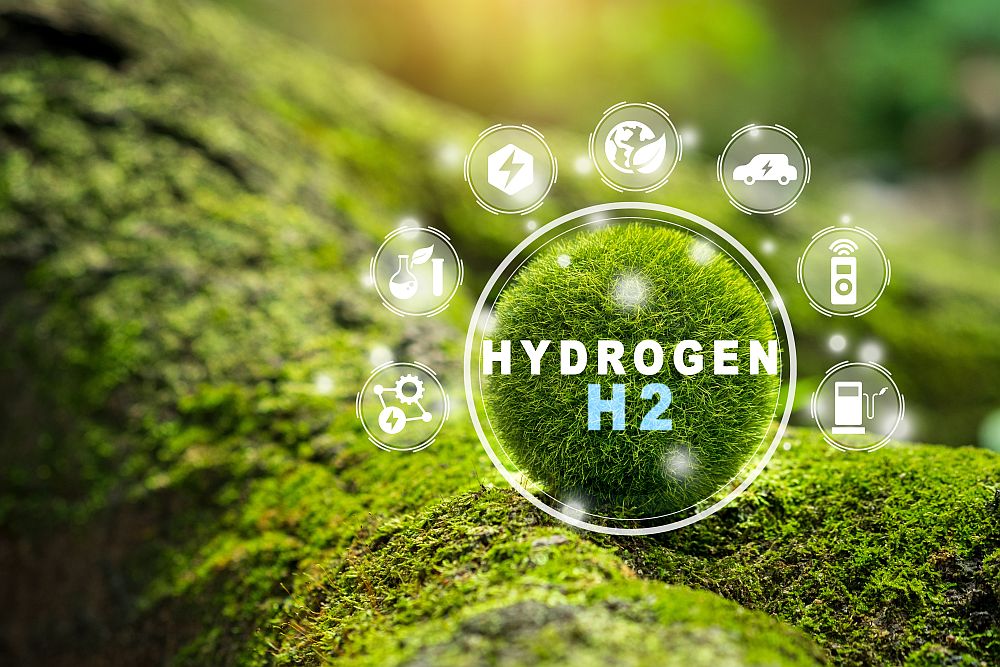A typical mid-size family sedan carries a 200 hp engine. How meaningful is that metric for modern, non-agrarian drivers? Similarly, old ways of measuring battery utility might not be all that useful for comparing new energy storage technologies.
I drive a 2005 Chevy Malibu LS, as do many thousands of other people. I don’t know what the overall satisfaction with the car is, but I love mine. When I was shopping for it my criteria were simple: I wanted a four-door sedan with a sunroof. Because I bought it used, I also got a remote start, heated seats and a big engine. I may never have a sunroof again, but I will always have a remote start, heated seats and, especially, a big engine.
My car owner’s manual reports engine size three ways: 3.5 L, V6, 200 hp. The first two make sense; I know how big a liter is and I can count to six. But, the horsepower spec is harder to grasp. I know what a horse is, but how powerful is one? And, how powerful are 200?
My guess is that most people these days understand horsepower in terms of cars, not in terms of horses. Which begs the question of whether horsepower is still a meaningful unit of measure, or is it obsolete and ready to be put to pasture?
An article in the March 16 issue of Science asks a similar question. The article, “Valuing Reversible Energy Storage,” by John Miller is actually a perspective piece on another article in the same issue describing a new approach to making flexible graphene electrochemical capacitors (supercapacitors) for energy storage.
Miller observes that new energy storage technology capacities are reported as specific energies — “watt-hours per kilogram” — which dates back to a time when heavy batteries were the primary means of storing electrochemical energy. However, new energy storage methods are fundamentally different from batteries, and Miller challenges whether specific energy is the best, or even a sensible, metric, saying,
Despite, and almost in defiance of, the emergence of newer energy storage technologies, however, specific energy continues to be referenced without further consideration as the most important characteristic of any new energy storage technology, the gold standard of its worth or value. This is all wrong — specific energy is only one of many metrics by which the value of storage technology can be measured. Indeed, it may be one of the least important when it comes to assessing its value for use in today’s newest and most innovative applications.
He eschews the other most common figure of merit, “cost per unit of energy ($/kWh).” Presenting cost data comparing electrostatic capacitors ($2.5 million per kWh) and electrolytic capacitors ($1 million per kWh), he says, “Curiously despite such extremely high costs, both technologies are found in almost every piece of electronics available today.” In comparison, lithium ion batteries cost about $1,000 per kWh, leading Miller to conclude that the cost metric “is not actually a very important metric in some decision-making.”
What metrics does Miller suggest for energy storage technologies? His starting recommendations are reversibility, cycle life and storage system shape.
All energy storage devices have loss — you never get back all the energy you put in, but you want to get back as much as possible. The system’s efficiency is a function of the storage media, rate at which energy is loaded into the device (charge), the storage time span, and the rate at which energy is extracted (discharge). Electrochemical capacitors have the advantage over batteries on this basis because they can be charged and discharged with high efficiency, while batteries undergo losses, especially during charging. Miller says, “Energy reversibility is often a most important factor in establishing the value of a storage technology for many of today’s energy conservation applications.”
Cycle life complements reversibility, especially for conservation applications. Miller points to the example of regenerative energy capture during the stopping of a hybrid city transit bus, which could mean more than one million charge/discharge cycles during its service life. With batteries, there is a trade-off between decaying discharge efficiency and replacement cost. Electrochemical capacitors, because they store charge on physical basis rather than a chemical one, can last for the entire service life of an application (like a bus), and therefore can be made the right size from the start.
The shape of the storage system could be an important metric for depending on the application. Miller says that cubic shapes are best for exploiting energy density, and sheet morphologies are best for maximizing power density. He notes that very thin energy storage devices could lead to flexible systems and open up some interesting new applications like smart garments, camouflage, electronic wall paper and more.
Miller is not alone in his call for metrics that make sense for supercapacitors. Late last year Gogotsi and Simon published a short paper also in Science calling for a consistent and meaningful way of reporting device performances, noting that weight-based performance metrics are not useful points of reference for lightweight (carbon) or nanostructured components of storage devices.
Author
Eileen De Guire
CTT Categories
- Energy
Related Posts
‘Fairy circles’ may help mark natural underground hydrogen deposits
September 18, 2025


